Ukraine and Russia’s belligerence has a withstanding history. Russia has always considered Ukraine a part of it and believes that Ukraine must be under its possession. Russia is twenty-eight times larger than Ukraine in terms of geographical extension.
In 2021, Russia activated a civil war in the Luhansk People’s Republic (LPR) & The Donbas People’s Republic (DPR) groups against Ukraine. Furthermore, deployed military on Ukraine’s Borders. In January 2022, an evacuation took place at the Russian Embassy in Kyiv. Later in February 2022, all these disturbances led to a nationwide state of emergency in Ukraine amid the fear of a Russian invasion. On 24 February, Russian President Vladimir Putin announced a military operation in Ukraine. The war escalated to a full-fledged war and even resulted in heavy sanctions on Russia. Thus, the crisis caused hefty damages to both countries.

Following Russia’s attack on Ukraine, democratic states must immediately face the existential dilemma that has been created. Moreover, they should recognise that invasions comparable to World War II, followed by contemporary information warfare, are now a truth in 21st-century Europe. Russian President Vladimir Putin’s aggressiveness and willingness to take risks have never been fully understood in the past.
As a result, inconceivable developments have occurred. Switzerland, Sweden, and Finland abandoned their long-standing neutrality. At the same time, Germany proposed a 2% increase in defence spending. Japan, in its turn, has blocked assets held by Russia’s central bank. These assets amount to nearly 10% of the country’s entire currency reserves. The endgame, though, is unclear in the midst of thousands of dead, over a million refugees, and astounding levels of economic sanctions.

Germany Pledges to Dedicate €100 Billion to Defence
In the wake of Russia’s invasion of Ukraine, Berlin has declared a strategy to prioritise military investment. A “special fund” will be established to enable the Bundeswehr better. German Chancellor Olaf Scholz unveiled a proposal to strengthen the German military. The budget allocated €100 billion ($112.7 billion) from the 2022 budget to the military services. He also reaffirmed his commitment to meet NATO’s 2% defence spending target.
The steps were part of a stunning — and unexpected — shift in German foreign policy as European nations banded together to resist Russia’s invasion of Ukraine. According to Mr Scholz, the Russian military operation has “established a new reality” that “needs a firm reaction.”
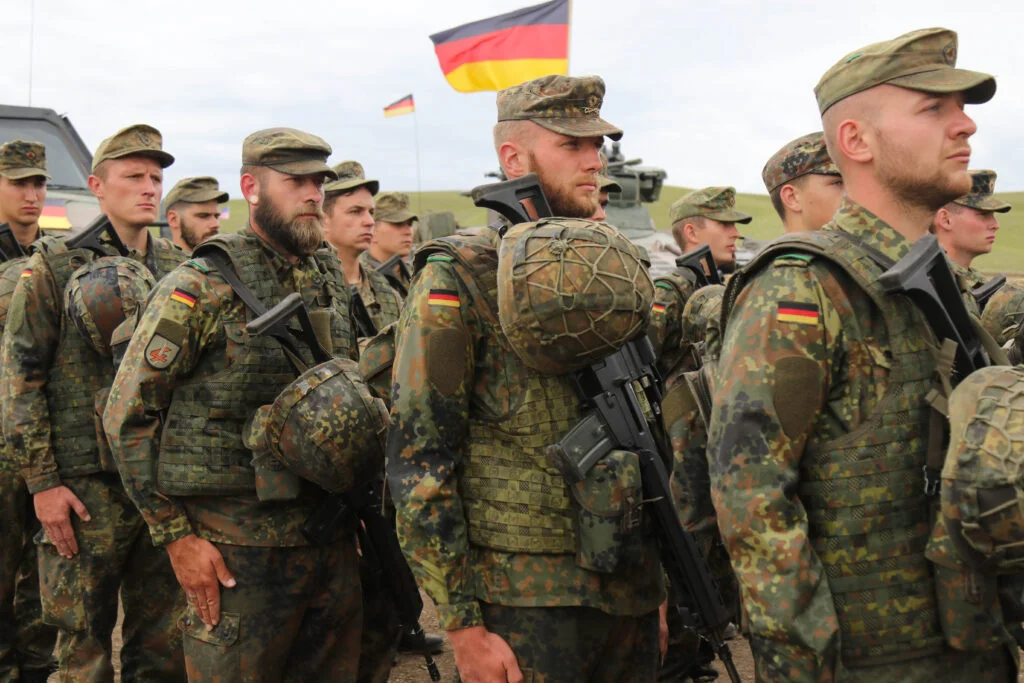
Scholz announced the extra budget in an address to the German parliament during a special session on Germany’s reaction to Russia’s incursion of Ukraine. He stated that the money would be used on investments and equipment for the German military.
“It’s clear we need to invest significantly more in the security of our country in order to protect our freedom and our democracy,”
Olaf Scholz
Japan’s Major Hike in Military Spending
The budget surge, which is the largest in decades, came as authorities were concerned that conflicts over Taiwan could drag Japan into a US-China conflict. The 6.5% rise is part of Japan’s largest yearly budget package in history, totalling more than $940 billion. It involves hundreds of billions in investment to aid the economy’s recovery from the COVID pandemic damages. According to Japanese lawmakers and bureaucrats, stability in the region is in peril due to strains between the US and China. Also, some believe that might lead to confrontation over Taiwan, whether accidentally or not.
After former Prime Minister Shinzo Abe assumed office in 2012, vowing to enhance the country’s armed forces and rewrite its pacifist Constitution, defence expenditure in Japan has gradually risen.
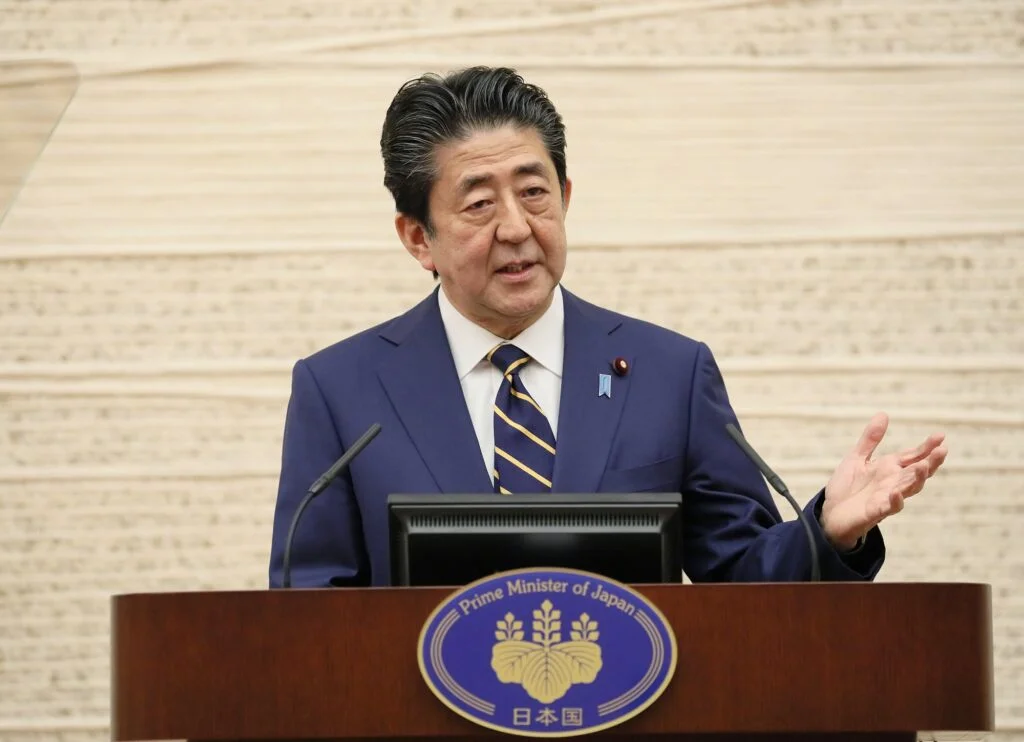
After World War II, the American occupiers drafted a charter that prohibited Japan from fighting unless it was in self-defence. Conservative lawmakers have long argued that the country requires more autonomy to protect itself from regional security challenges.
In the East China Sea, a set of Japanese-controlled islands referred to as the Senkakus in Japanese and the Diaoyu in Chinese are claimed by both Japan and China. Defence hawks in Japan, on the other hand, have been focusing more intensely on escalating tensions over Taiwan in the previous year.

Beijing has made many major military shows surrounding Taiwan. Taiwan is a democratically controlled island that China claims to be integral to its sovereignty. The US and other countries have slammed the movements and responded by sending their warships to the geographical area.
Taiwan’s Increased Defence Expenditure
When Beijing’s foreign policy is becoming more aggressive, and the possibility of cross-strait military confrontation is increasing, getting Taiwan’s security policy right is much more crucial than before. Taiwan must strengthen its self-defence ability in the wake of an imminent threat and unpredictable US military backing by adopting and institutionalising the Overall Defence Concept (ODC).
The overall defence concept is based on two assumptions:
- General Secretary of the Chinese Communist Party (CCP) Xi Jinping’s “China dream” of uniting Taiwan
- The growing resource inequality across the Taiwan Strait
Even though the CCP has never ruled Taiwan, unification is still a part of the “great rejuvenation of the Chinese country.”

Image courtesy- of BBC
Although Taiwan’s government announced its largest-ever defence budget, Beijing has invested over 20 times to strengthen the PLA. The US Department of Defence estimates the PLA spent more than $250 billion last year, dwarfing Taiwan’s current defence spending of $11 billion. As a result, the PLA has a qualitative and quantitative edge over the military forces of the Republic of China (ROC). China’s military-technological advantage has proliferated. Thanks to CCP’s military-civil fusion policies, which have leveraged the private sector to spread China’s military-technological edge. PLA operational forces currently outnumber Taiwan by a ratio of 12.
If deterrence fails, Taiwan’s military must deter hostilities with the PLA and win the fight. According to PLA war strategists, the PRC would seize Taiwan by invasion and annexing the island. As a result, the ODC redefines victory as thwarting the PLA’s aim of effectively conquering Taiwan and establishing political sovereignty over the island. Taiwan must give up the idea of fighting the PLA in a classic attrition battle.
Way Ahead
Russia’s Ukraine conflict might obliterate the little strategic stability the area has left by boosting the case for additional nuclear weapons in Asia. This would endanger Asia’s existence and be a significant setback for the global non-proliferation system.
Similarly, the Ukraine war has validated those countries already acquiring nuclear weapons, prompting them to redouble their efforts. North Korean dictator Kim Jong-un has carried out many high-profile missile tests lately and a failed launch of a new intercontinental ballistic missile.
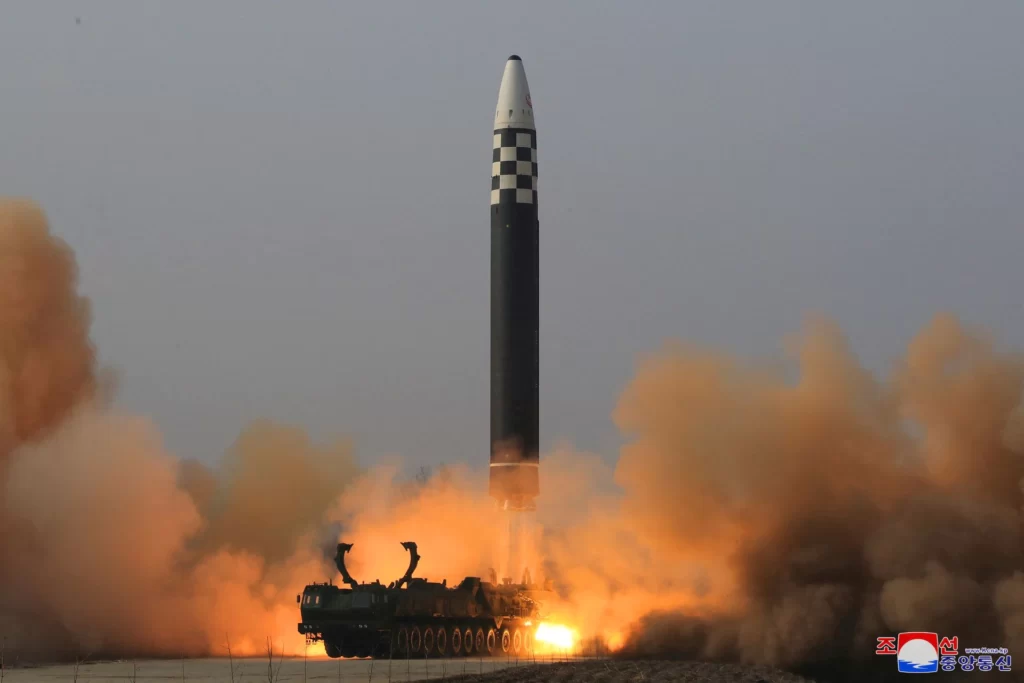
Image courtesy- Reuters
China will undoubtedly strengthen these efforts in the aftermath of the Ukraine conflict. It has the financial means to build up a large arsenal of weapons. The strategic necessity is stronger than ever, with Putin issuing nuclear threats and tensions over Taiwan rising. Non-nuclear states in East Asia, such as Japan and South Korea, would be caught in the middle. Erstwhile Japan PM Shinzo Abe has already expressed his desire for Japan to host American nuclear weapons.
Furthermore, as a deterrent to a Chinese invasion, Taiwan may opt to obtain nuclear weapons. However, this would probably lead to an invasion. The ensuing fight may or may not include the United States and may swiftly grow into a nuclear war.
You may also like to read THE UKRAINE CRISIS: THROUGH THE PERSPECTIVE OF A YOUNG TURKISH MULTINATIONAL!
About the Author
Akhilesh Dwivedi

Being an avid reader, Akhilesh loves to explore new developments in Defence Research & Development. He is a voyager and loves writing poetry. He is currently pursuing a PhD in Defence and Strategic Studies. He is an inquisitive and diligent soul hoping to make a change to reckon with. He is also affiliated with the Centre for Security Studies at Jindal School of International Studies as a Centre Associate. His main interests lie in Security Studies, Defence Technology, International Relations & World Politics

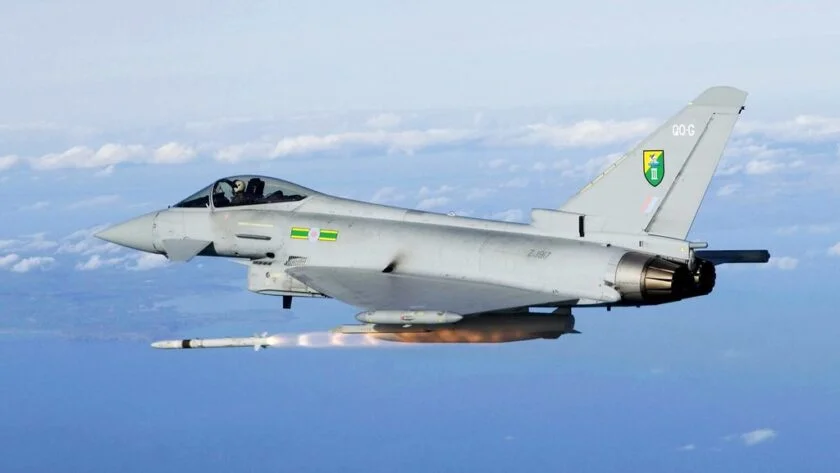

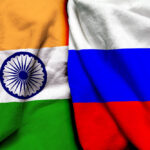



[…] THE UKRAINE CRISIS: ACCELERATING THE THREAT OF THE ARMAMENT RACE […]